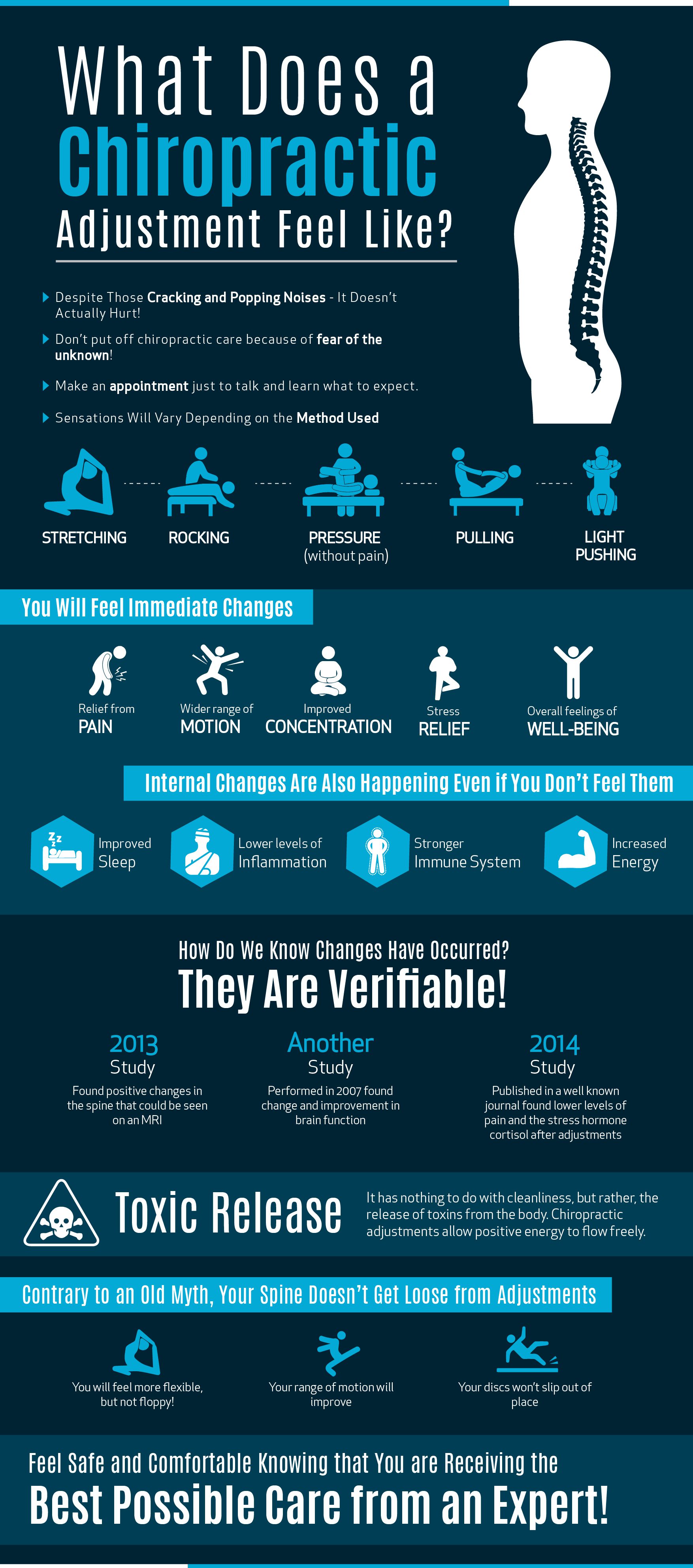Changing Neck And Back Pain Care: The Role Of New Technologies And Healing Techniques
Changing Neck And Back Pain Care: The Role Of New Technologies And Healing Techniques
Blog Article
Composed By-Phelps Bojsen
As you think about the future landscape of pain in the back therapy, envision a world where modern technology effortlessly links with conventional treatments to provide novel remedies. Imagine a globe where virtual reality not only entertains however additionally heals, where robot precision redefines minimally invasive treatments, and where biofeedback equips individuals in their pain administration trip. The improvements in back pain treatments are not simply theoretical situations however concrete realities forming the method we approach and reduce this widespread condition.
Virtual Reality Therapy for Pain In The Back
Are you tired of standard treatments for your back pain? Virtual Reality Therapy provides a novel approach to handling your discomfort. By immersing yourself in a virtual environment, you can sidetrack your mind from the discomfort signals being sent to your brain, supplying alleviation in a special and cutting-edge means.
Using specific virtual reality headsets, you can engage in different activities and simulations developed to target details areas of your back that are causing you discomfort. These immersive experiences can help you loosen up tense muscular tissues, enhance your posture, and boost your overall flexibility.
In addition, virtual reality therapy can additionally help in lowering stress and anxiety and anxiousness levels, which are typically contributing variables to pain in the back.
Think of being what are the benefits of chiropractic care to undertake treatment without the demand for medicine or intrusive treatments. With Virtual Reality Therapy, you have the opportunity to handle your pain in the back in a risk-free and non-intrusive way.
Robotic-Assisted Pain In The Back Treatments
Making use of cutting-edge robotic technology, pain in the back therapies have progressed to incorporate robot help in targeting and resolving specific areas of pain in an exact and controlled way.
Robotic-assisted back pain therapies use a high level of precision and customization, permitting extra reliable and customized therapy for people experiencing back pain. These robotic systems can do minimally invasive procedures with enhanced precision, reducing the threat of difficulties and enhancing end results.
Robotic-assisted treatments give doctors with real-time responses and imaging, allowing them to browse the spinal column with extraordinary precision. By using robot arms or tools, doctor can access hard-to-reach areas with higher ease, bring about more effective interventions.
In addition, these technologies can adapt to the individual's motions during surgical treatment, guaranteeing a much safer and a lot more trusted treatment.
Psychophysiological Feedback Innovation in Neck And Back Pain Management
With the advancement of modern technology in pain in the back treatments, biofeedback innovation emerges as a valuable tool in managing and easing discomfort associated with neck and back pain. Biofeedback enables you to acquire awareness and control over physical functions that are generally involuntary, such as muscular tissue stress and heart rate.
By using sensing units to keep an eye on these functions, psychophysiological feedback devices give real-time data that enables you to make aware modifications to reduce pain and anxiety degrees. https://headandneckinjuryfromcara39517.blogolenta.com/29009285/combining-traditional-physical-therapy-with-ingenious-techniques-for-back-pain-relief-can-transform-your-recuperation-journey or acoustic hints, biofeedback assists you recognize exactly how your body responds to various situations, equipping you to customize your habits and boost physical well-being.
This innovation promotes leisure, boosts posture, and help in muscle mass re-education, all of which are important components in handling pain in the back effectively. By integrating biofeedback right into your pain in the back management strategy, you can take an energetic role in your treatment and accomplish enduring relief from discomfort.
Conclusion
Finally, the future of pain in the back treatment looks brilliant with the improvements in virtual reality therapy, robotic-assisted therapies, and biofeedback modern technology. These arising modern technologies offer ingenious options to reduce pain in the back, boost wheelchair, and boost general lifestyle. With continued research and development, these cutting-edge treatments have the possible to revolutionize the method we come close to and deal with pain in the back, giving hope for those seeking effective and personalized options.
